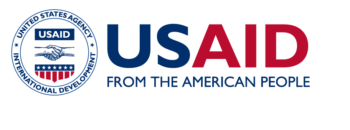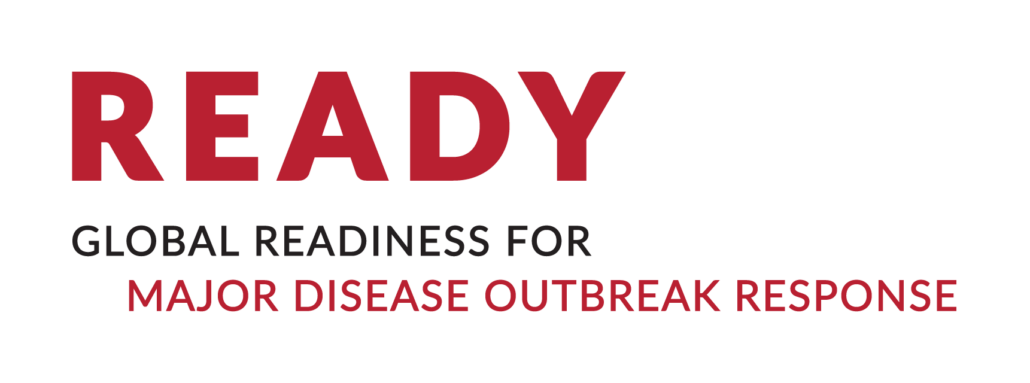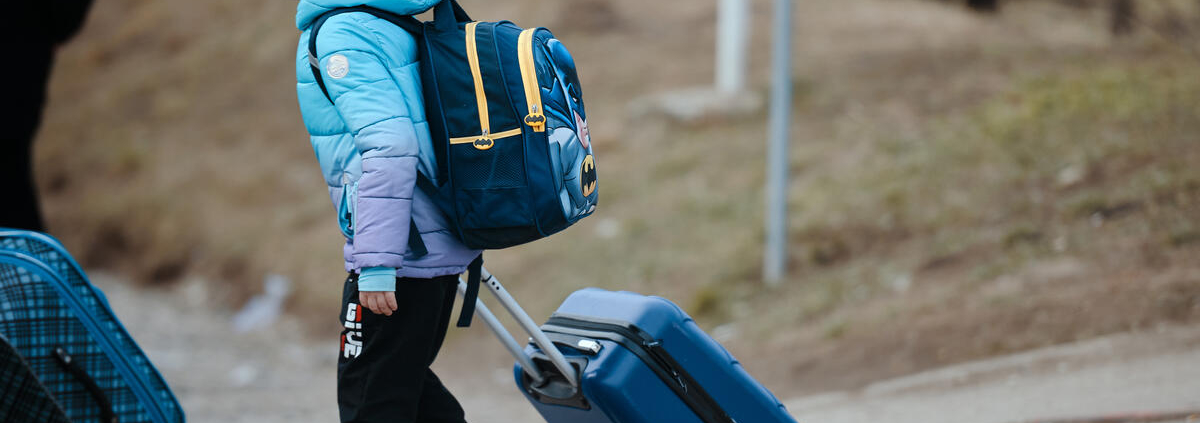COVID-19: How to include marginalized and vulnerable people in risk communication and community engagement
Author: Regional RCCE Working Group
Women, the elderly, adolescents, youth, and children, persons with disabilities, indigenous populations, refugees, migrants, and minorities experience the highest degree of socio-economic marginalization. Marginalized people become even more vulnerable in emergencies due to factors such as their lack of access to effective surveillance and early-warning systems, and health services. This document provides guidance on how to include marginalized and vulnerable groups in risk communication and community engagement activities.
The Regional Risk Communication and Community Engagement Working Group is an inter-agency coordination platform established to provide technical support on risk communication and community engagement to novel coronavirus outbreak (known as COVID-19) preparedness and response in Asia and the Pacific. This Working Group consists of RCCE experts and specialists from a wide range of organizations including UN agencies, Red Cross and Red Crescent Societies, INGOs, NGOs from the region.


This website is made possible by the support of the American People through the United States Agency for International Development (USAID) under the READY initiative. READY (not an acronym) is supported by USAID’s Bureau for Democracy, Conflict, and Humanitarian Assistance, Office of U.S. Foreign Disaster Assistance (OFDA) and is led by Save the Children in partnership with the Johns Hopkins Center for Humanitarian Health, the Johns Hopkins Center for Communication Programs, UK-Med, EcoHealth Alliance, and Mercy Malaysia. The contents of this website are the sole responsibility of Save the Children. The information provided on this website does not necessarily reflect the views of USAID, any or all consortium partners, or the United States Government, and is not official U.S. Government information.


